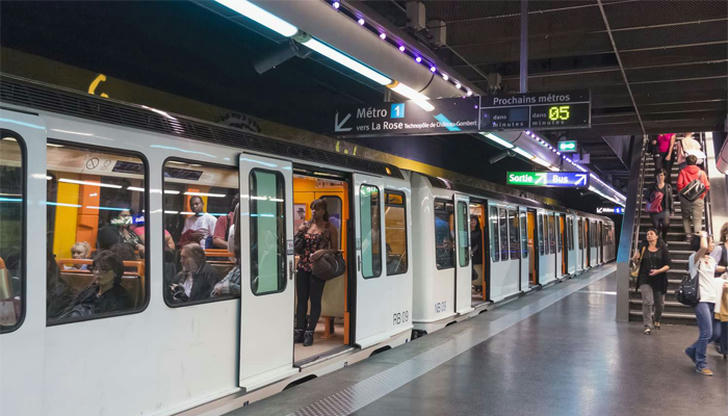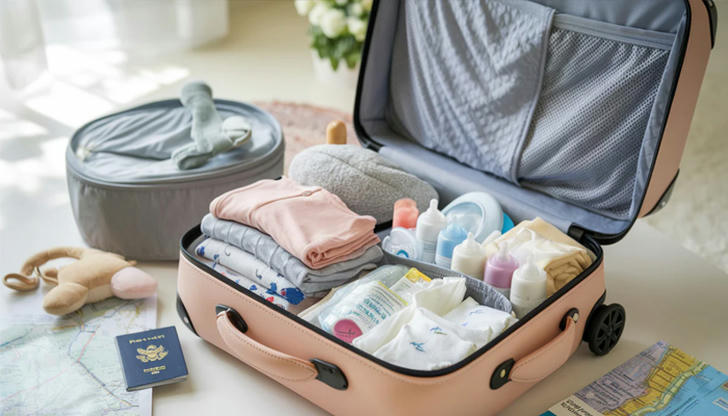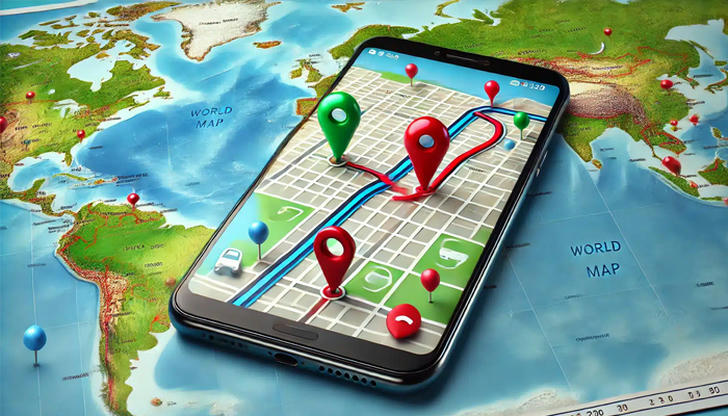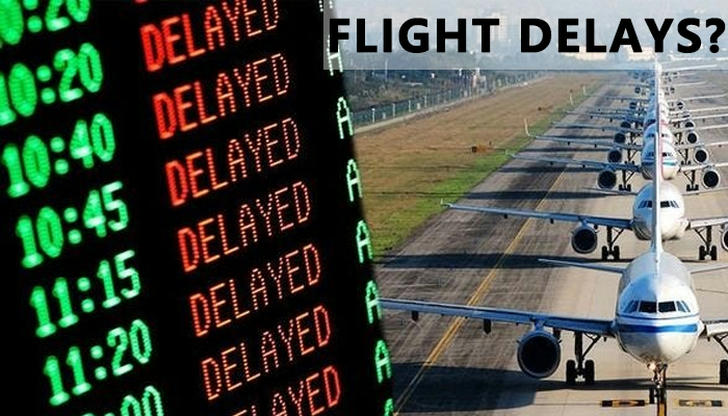Mastering Public Transportation: Tips for a Smooth and Efficient Commute

Mastering public transportation is an essential skill for anyone who relies on it for daily commuting. Whether you're heading to work, school, or any other destination, an efficient commute can save you time, money, and stress. Public transport can also contribute to a more sustainable lifestyle by reducing traffic congestion and your carbon footprint. In this article, we’ll explore tips for navigating the public transportation system with ease, making your commute smoother and more enjoyable.
I. Planning Your Commute
1. Understanding Routes and Schedules
Before you step out of the door, make sure you are familiar with your route and the transport schedule. Most cities offer detailed route maps for buses, trains, and trams that show their exact paths and stop locations. Use these maps to plan your route and ensure that you get on the right mode of transport at the right time.
Modern technology makes it easier than ever to stay on top of your commute. Many transit systems have apps or websites where you can check real-time updates on departure times, delays, and service disruptions. These platforms are especially useful for checking if your train or bus is running on schedule.
2. Choosing the Best Time to Travel
Timing is key to avoiding overcrowded commutes. Peak hours, typically in the early morning and late afternoon, see the highest number of commuters, resulting in crowded buses and trains. If your schedule allows, try traveling during off-peak hours when public transport is less busy. This will not only make your journey more comfortable but can also shorten your wait times and reduce travel stress.
3. Route Optimization
Plan your route to minimize travel time and avoid unnecessary transfers. Many public transport systems offer multiple options to get from point A to point B. Use route planning apps to compare different routes, considering factors like time, convenience, and number of transfers. During disruptions or delays, having an alternative route in mind can save you valuable time.
Make sure to also consider walking times and connections, especially if you're switching between different forms of transport. Even a short walk between a bus stop and a train station could make a significant difference in your overall commute time.
II. Preparing for Your Journey

1. Packing Essentials
Before heading out, pack your essentials to ensure you have everything you need for a smooth commute. This includes your transportation card or ticket, identification, mobile phone, and any other items you might need, such as headphones, a portable charger, or a water bottle.
A well-organized bag will help you stay stress-free on the move. Keep your items easily accessible to avoid delays when boarding or transferring between vehicles.
2. Travel Comfort and Personal Space
Dressing appropriately for the weather is crucial, as temperature fluctuations on public transport can make your commute uncomfortable. Layer your clothing so you can adjust to varying temperatures. Comfortable shoes are a must if you need to walk or stand for extended periods.
It’s also important to ensure that your personal belongings are secure. Avoid carrying unnecessary bags or items that could make your journey cumbersome. Keep your wallet, phone, and valuables in a secure pocket or a zipped compartment to reduce the risk of theft.
3. Safety and Security
Your safety is paramount when using public transport. Be aware of your surroundings, especially in busy stations or on crowded vehicles. Keep an eye on your personal belongings and be cautious of pickpockets. If you're traveling late at night, choose well-lit and populated areas, and never hesitate to seek help from station staff if you feel uncomfortable.
Familiarize yourself with the emergency procedures of your transport system. Knowing the exits, emergency contact numbers, and how to signal for help can ensure you're prepared in case of an unforeseen situation.
III. Navigating the System Efficiently

1. Using Transit Apps and Technology
In today’s digital age, public transport apps are invaluable tools. Popular apps can help you track bus and train schedules, show real-time location updates, and provide alerts for delays or service disruptions. By using these apps, you can stay informed, avoid delays, and make adjustments to your route if necessary.
Many transit systems also allow you to pay for tickets through mobile apps or contactless cards, making transactions seamless and reducing the need to carry cash or physical tickets.
2. Maximizing Your Time
The commute doesn’t have to be wasted time. Bring your headphones and listen to music, podcasts, or audiobooks. If you prefer to be productive, you can catch up on emails, read, or plan your day during the journey. This makes the time spent commuting more enjoyable and efficient.
Additionally, to avoid long wait times, try to arrive at stations slightly ahead of the scheduled departure time, particularly for buses and trains that can run early or late.
3. Etiquette and Behavior on Public Transport
Public transportation etiquette plays an important role in ensuring a pleasant experience for everyone. Always give up your seat to elderly passengers or people with disabilities. Keep your conversations at a low volume and avoid using your phone for loud calls.
Respect personal space by keeping your bag out of the aisle, and try to avoid blocking doorways. If the vehicle is crowded, be considerate of others and avoid taking up more space than necessary.
IV. Troubleshooting Common Issues

1. Dealing with Delays and Cancellations
Despite planning, delays and cancellations can happen. When this occurs, don’t panic. Stay informed by checking apps or the transit system’s website for updates. Many systems offer real-time updates or alert passengers about cancellations.
If your service is cancelled, consider alternative routes, use ride-sharing options, or walk part of the way. Having a backup plan can make these situations less stressful.
2. Handling Overcrowding
During peak hours, overcrowding can be a common problem. If you’re standing, try to find a place where you can hold onto a pole or strap to avoid losing your balance. If it’s uncomfortable, consider getting off one stop early to take a less crowded train or bus.
Another option is to explore different transport modes. If buses are too packed, the subway or a bike-share service might provide a better alternative.
3. Managing Stress and Fatigue
Long commutes can be exhausting. To combat this, make sure to plan for breaks if needed and stay hydrated. Use your commute time wisely by listening to calming music or practicing deep-breathing exercises to reduce stress.
Keeping a positive attitude and viewing your commute as time to decompress or prepare for the day ahead can help reduce the feeling of frustration.
V. Sustainable and Eco-Friendly Commute Tips
1. Choosing Environmentally-Friendly Options
Using public transport is already a great step toward reducing your environmental impact. Opt for electric buses or trains where available, as these are cleaner and more sustainable than traditional vehicles.
If possible, combine your commute with eco-friendly options such as walking or cycling for shorter distances. This not only helps the environment but also contributes to your physical health.
2. Reducing Your Carbon Footprint
A simple way to reduce your carbon footprint is to leave the car at home. If your journey involves public transportation and cycling, it helps to combine both methods efficiently. Carpooling or using ride-sharing services for the last leg of your journey can also be an eco-friendly choice.
By supporting and promoting greener public transport initiatives, you can make a positive impact on the environment.
Conclusion
Mastering public transportation can greatly improve your daily commute, reduce stress, and contribute to sustainability. By planning your journey, preparing properly, and being aware of your surroundings, you can make the most of your public transport experience. With a little effort, you can ensure that your daily commute is efficient, stress-free, and even enjoyable. Whether you're traveling during rush hour or exploring new routes, a well-prepared commuter is a successful one.
